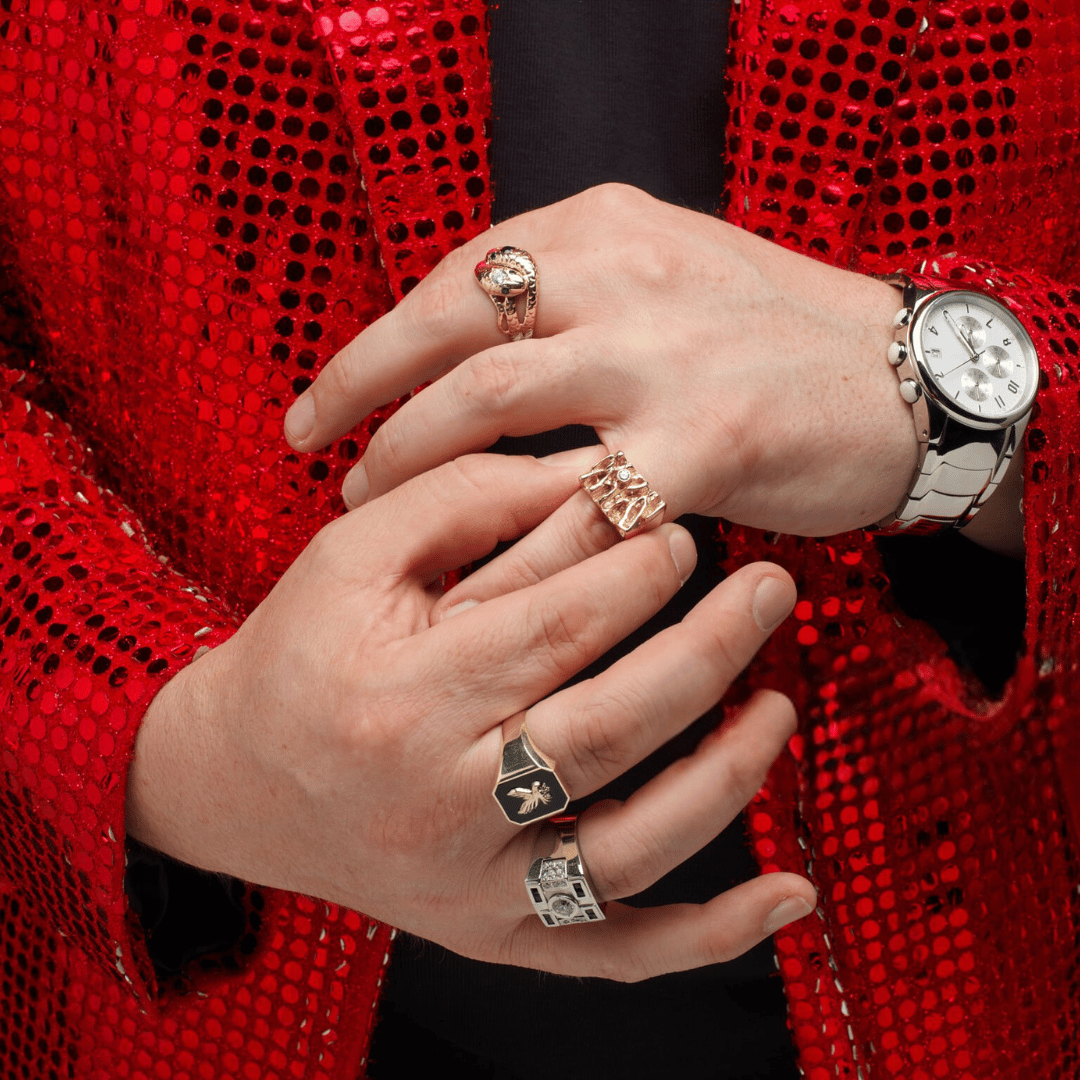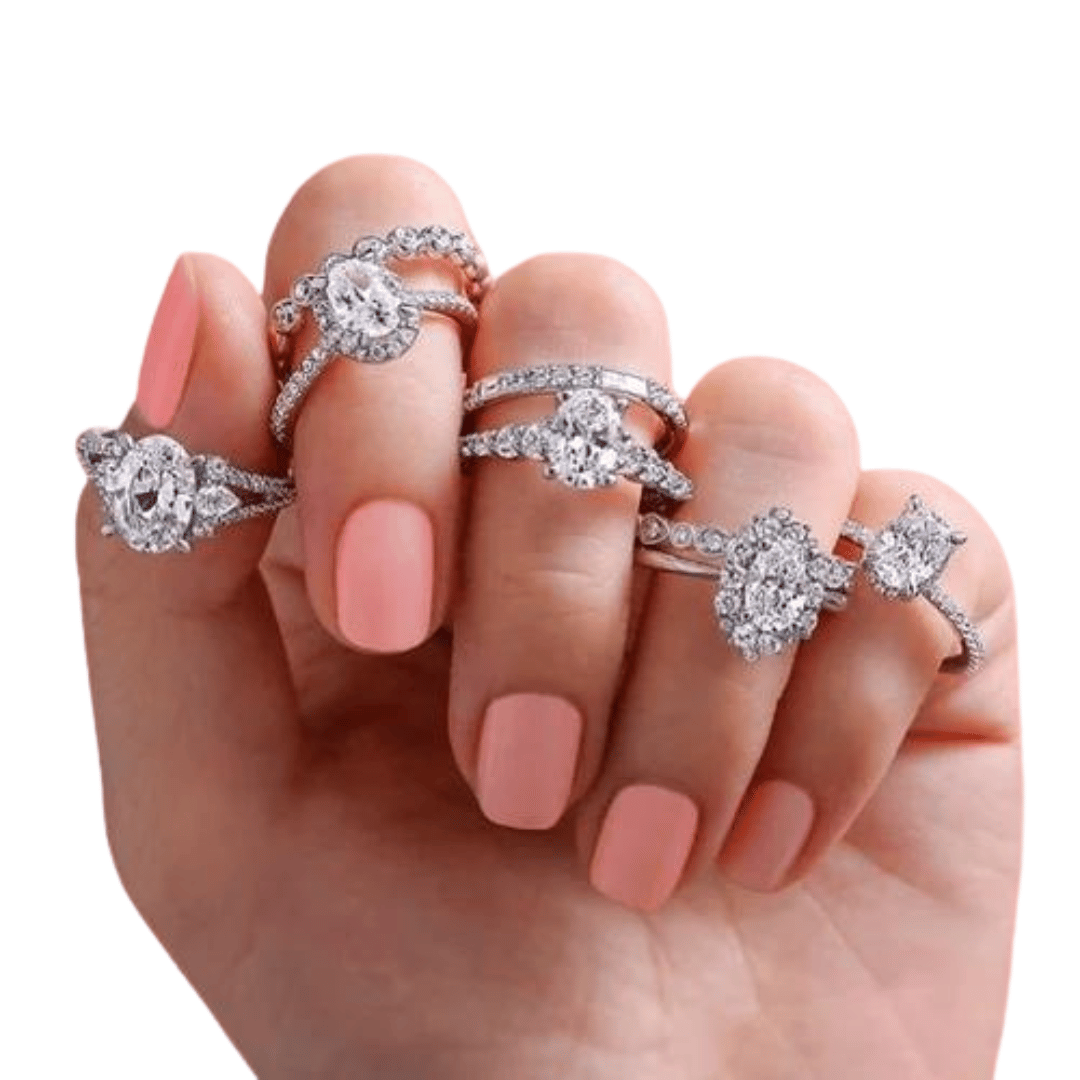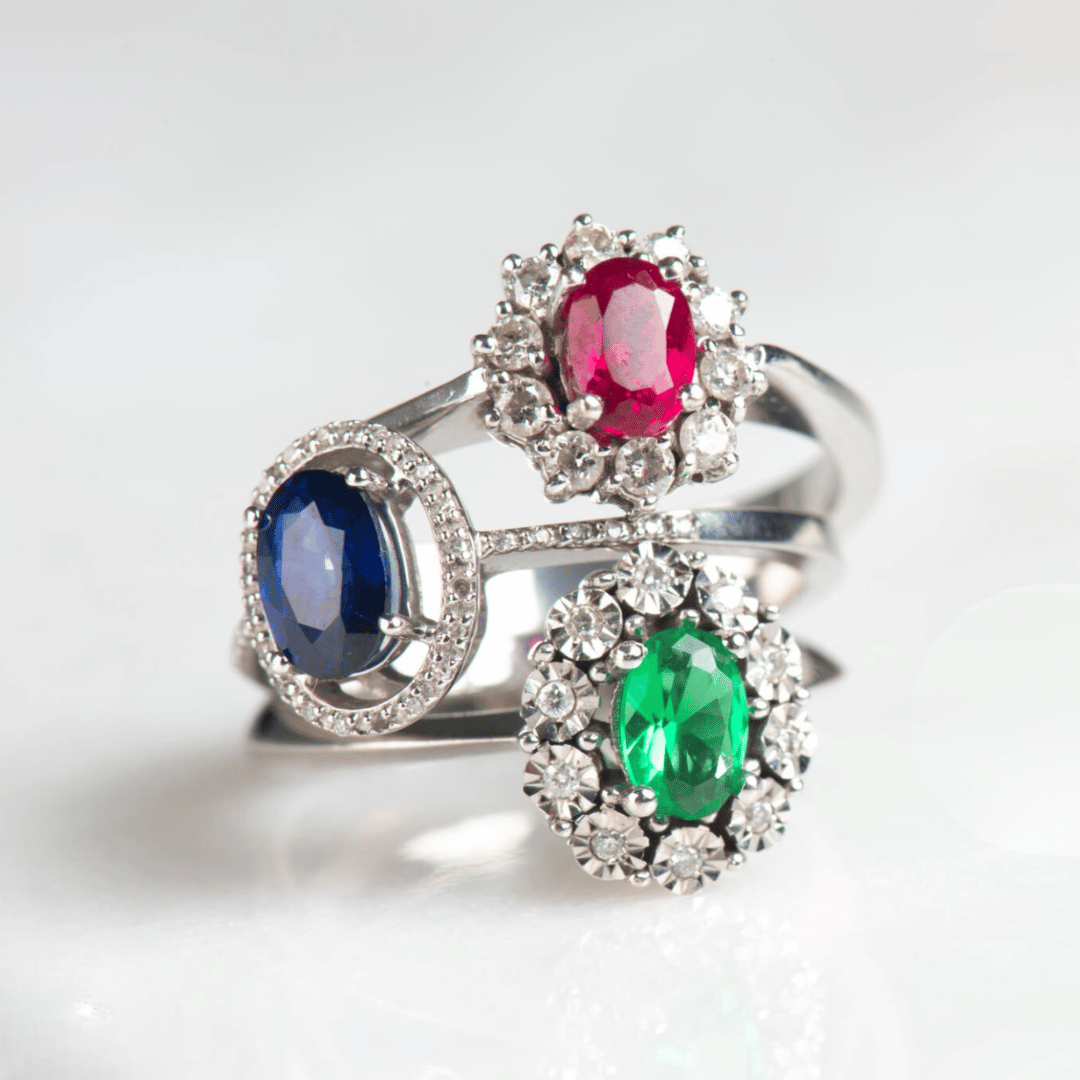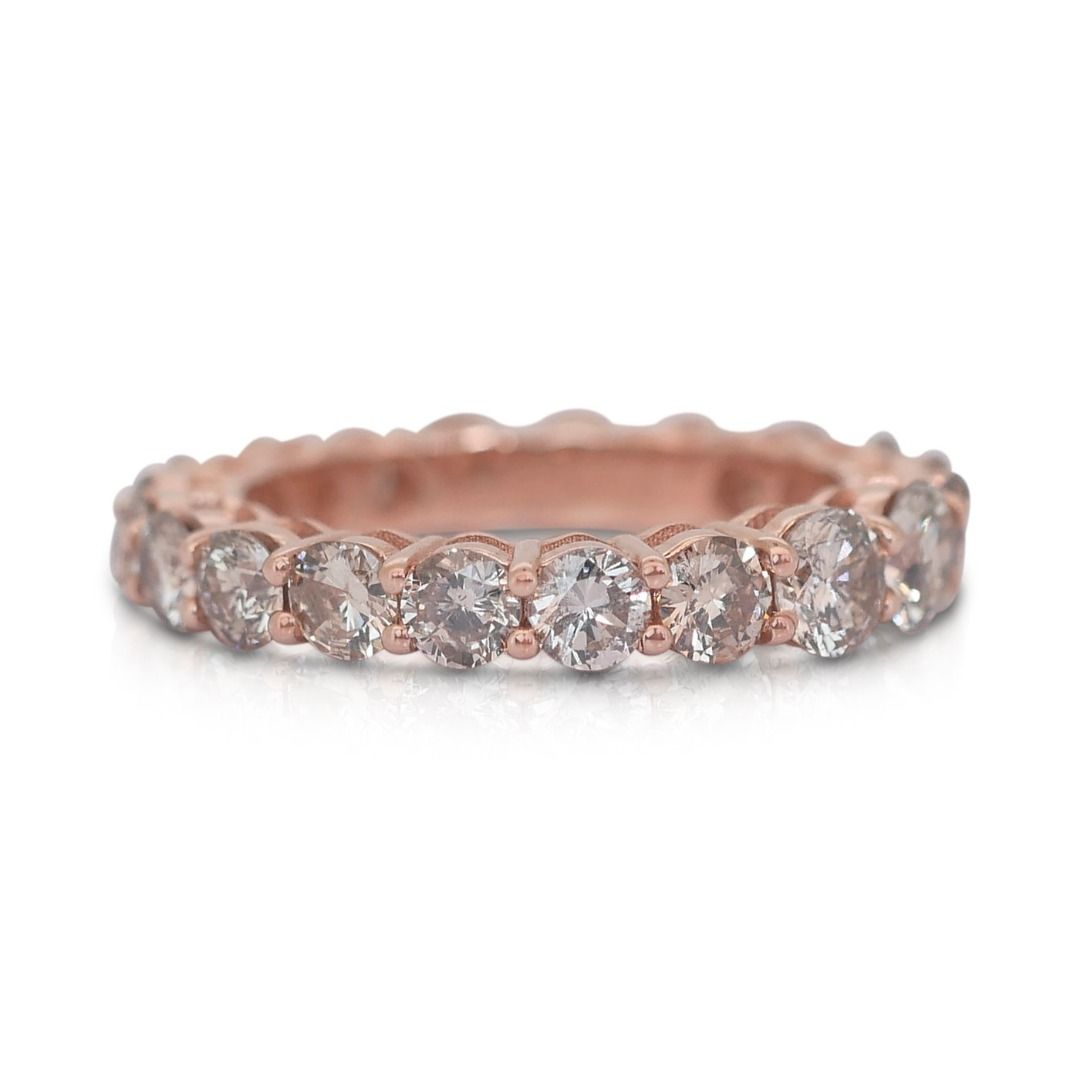The difference between 14k gold and 18k gold – A comprehensive guide
A Comprehensive Guide to Understanding the Differences Between 14K Gold and 18K Gold
Key Highlights:
14K vs 18K Gold Basics: 14K Gold (585 gold): 58.5% gold, 41.5% other metals. 18K Gold (750 gold): 75% gold, 25% other metals. Gold is mixed with other metals to enhance durability, making it suitable for setting diamonds and other gems.
14K White Gold vs 18K White Gold: Both are rhodium-plated, but 18K is slightly yellower; 14K is more durable, cheaper, and looks the same, making it more practical, though 18K is popular in Singapore.
14K Rose Gold vs 18K Rose Gold:
Color: 14K rose gold is more pink due to higher copper content, while 18K rose gold has a more orangey hue.
Durability: 14K rose gold is less durable and more fragile, whereas 18K rose gold is more robust and a better long-term choice.
14K Yellow Gold vs 18K Yellow Gold:
Color: 14K yellow gold is paler, while 18K yellow gold has a richer, more traditional gold color.
Durability: 14K yellow gold is more durable than 18K yellow gold.
Price: 18K yellow gold is more expensive.
Many of our customers understand that gold alloy comes in different purity levels but may not fully grasp the nuances between 14k and 18k gold.
14k gold contains 58.3% pure gold, offering a good balance of durability and affordability, making it ideal for everyday wear. In contrast, 18k gold is 75% pure gold, providing a richer color and higher value but being softer and more prone to scratches. Understanding these differences can help you choose the right gold alloy for your needs, whether you prioritize durability or a more luxurious appearance.
This blog article will go in to details of the meaning of the gold alloys while focus on these 3 main gold colours:
1. 14k white gold vs 18k white gold
2. 14k rose gold vs 18k rose gold
3. 14k yellow gold vs 18k yellow gold


The common basics of 14K VS 18K Gold
What is 14 karat gold? What is 18 karat gold?
14K gold, also known as 585 gold, is a gold alloy that contains 58.5% gold. The other 41.5% is other metals that are mixed in the alloy.
18K gold, also known as 750 gold. Is a gold alloy that contains 75% gold. The other 25% is comprised from other metals
Why do you have to mix gold with other metals in order to produce diamond jewellery?
Gold is a soft metal and therefore is not suitable for setting diamonds or any other gems for that matter.
More about 14k white gold vs 18k white gold
You might not realise this but there is no such thing as white gold. Gold is a very yellow metal and even when mixed in with other metals, like silver, palladium, all white metals, it still has a yellow tinge. This is why any white gold, 18k or 14k are plated with rhodium. The rhodium cover gives the gold alloy the well known white gold colour you know and are looking for. So from the outside both gold alloys look exactly the same!
Under the rhodium cover, though, the 18k white gold is actually a bit more yellow than the 14k since it contains more pure gold that is, of course, yellow.
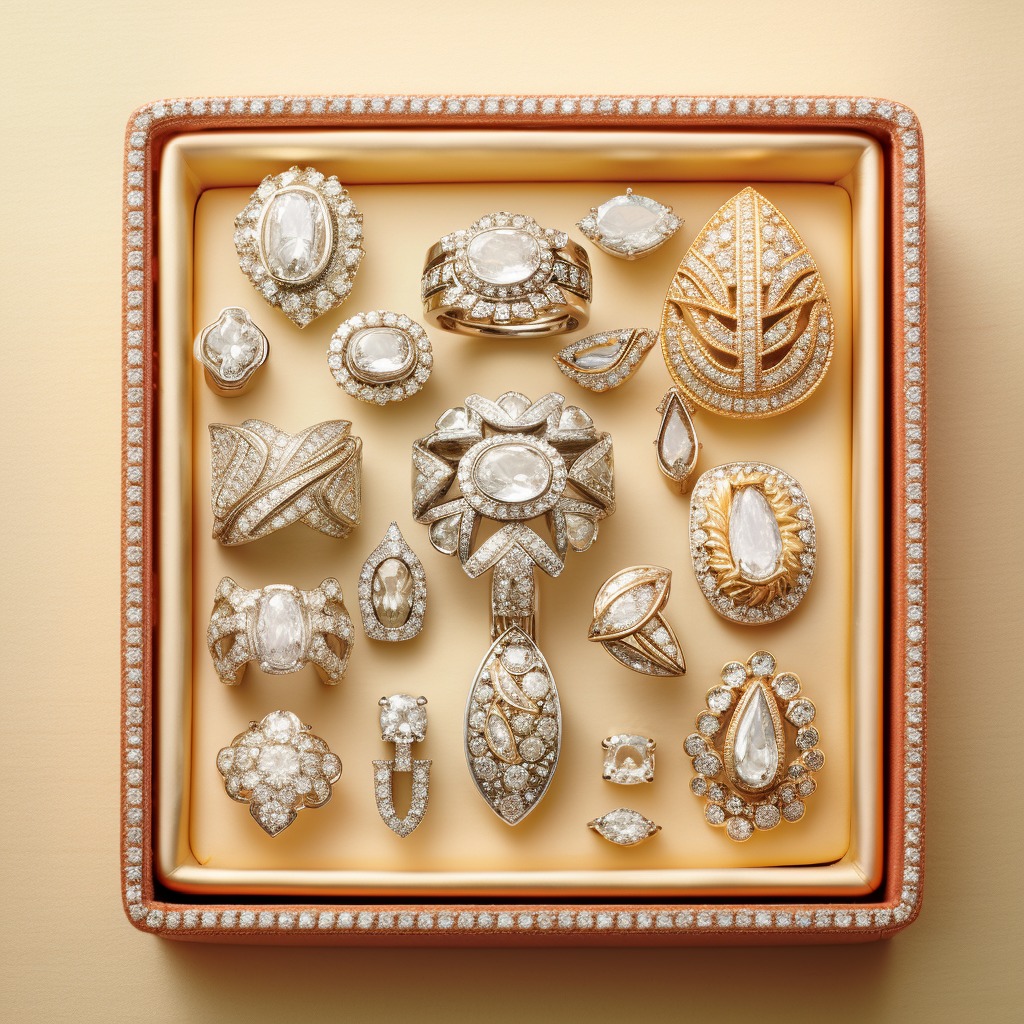

The main difference between 14k and 18k white gold is the durability. Since 14k gold holds less gold it is more durable for the long term! Also it is less expensive since it contains less pure gold.
So, bottom line should you choose 14k or 18k white gold?
-
14k is more durable than 18k white gold.
-
14K is cheaper than 18k gold.
-
14k looks the same as 18k white gold.
For us the logical decision is clear but still most people in Singapore stick to the 18k gold standard.
Additional differences between these two gold alloys?
Unlike the white gold that we covered before, there is no plating with rose gold alloy 18k or 14k. So you can actually see the difference between the two gold alloys with your eyes. The 14k rose gold contains more copper and is more pink in colour. The 18k contains copper as well, but less of it so its colour is more orangey
Durability wise, the 14k rose gold is considered the most fragile gold alloy as the copper that gives it the colour also has some disadvantages from a goldsmithing point of view. In this sense, 18k rose gold, even though more expensive, is a better choice for the long run.


Yellow Gold alloy
The 14k gold alloy is, well, less gold in colour. It is a paler shade of yellow than the 18K gold that is much closer to the pure gold shade. The choice here is very much estetic – some do prefer the more neutral gold colour and others like the rich gold colour. Durability wise, as with white gold, the 14k is more durable than the 18k yellow gold. Price – the price is always higher for 18k.
Conclusion
Choosing between 14K and 18K gold depends on your preferences and needs. 14K gold offers better durability and a lower cost, making it a practical choice for everyday wear. On the other hand, 18K gold, with its higher gold content, provides a richer color and is preferred by those seeking a more luxurious option. Whether opting for white, rose, or yellow gold, understanding these differences can help you make an informed decision that best suits your style and requirements.





